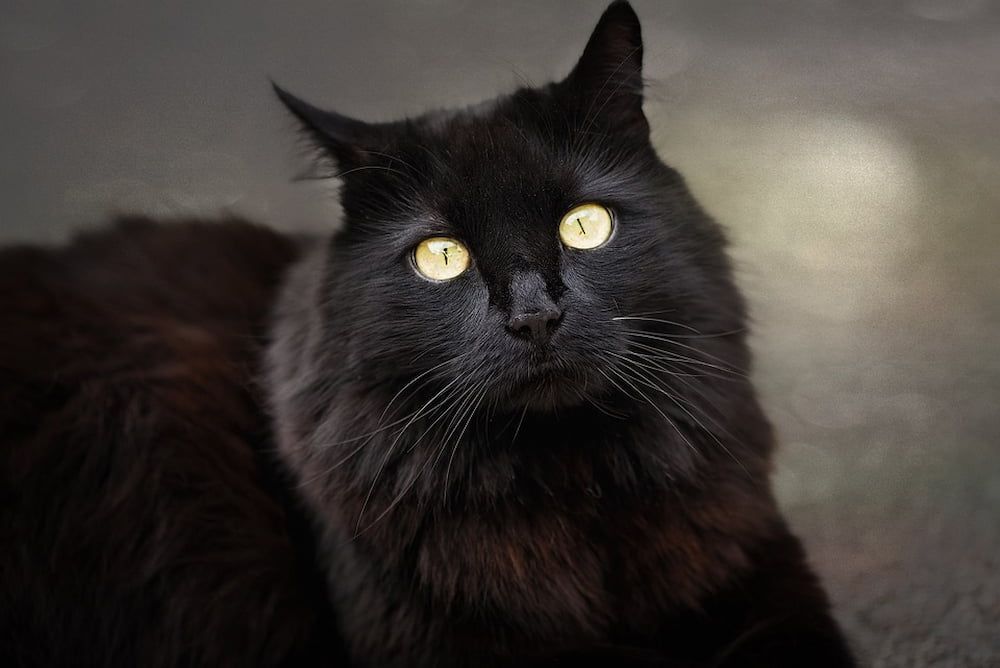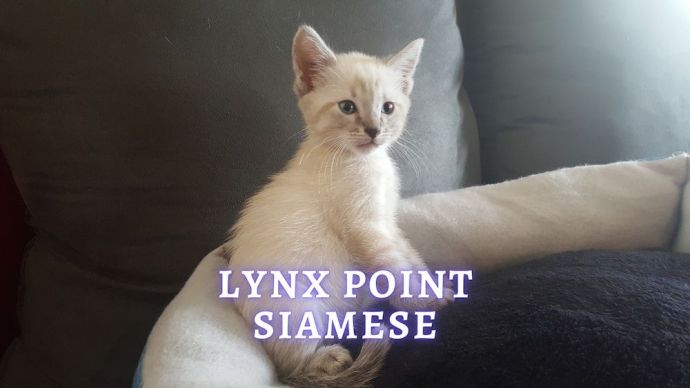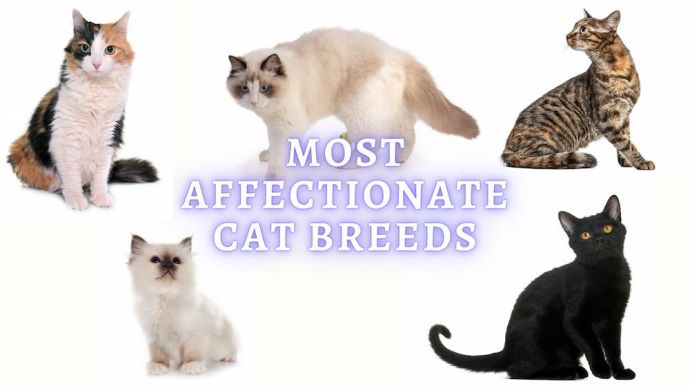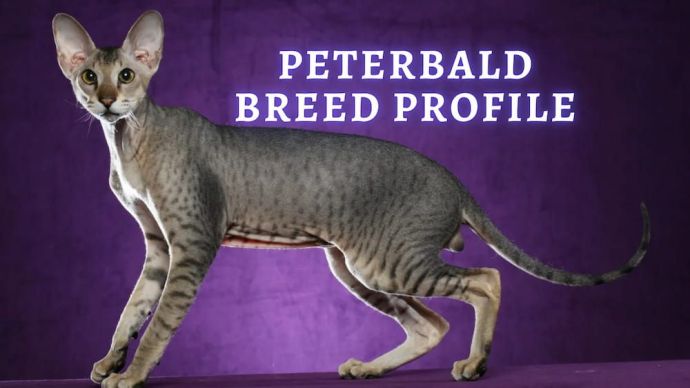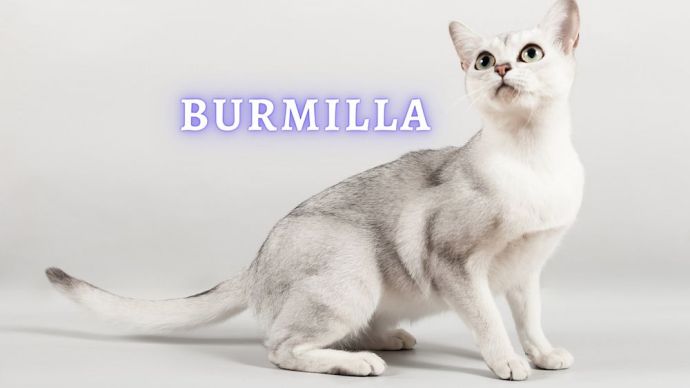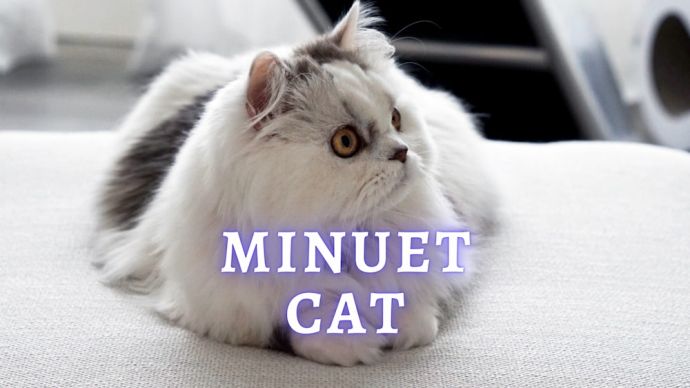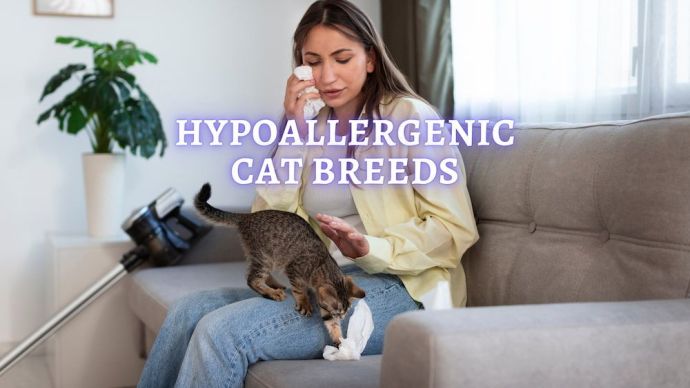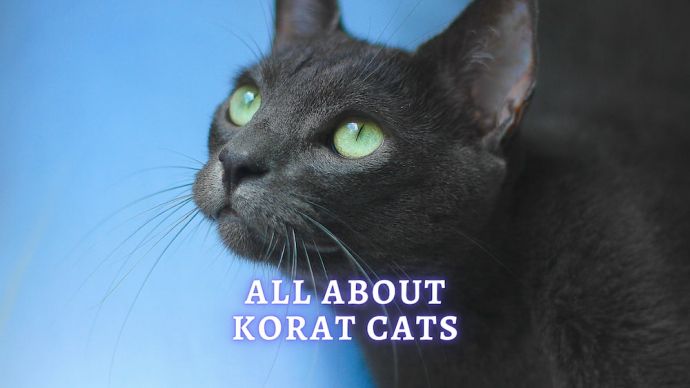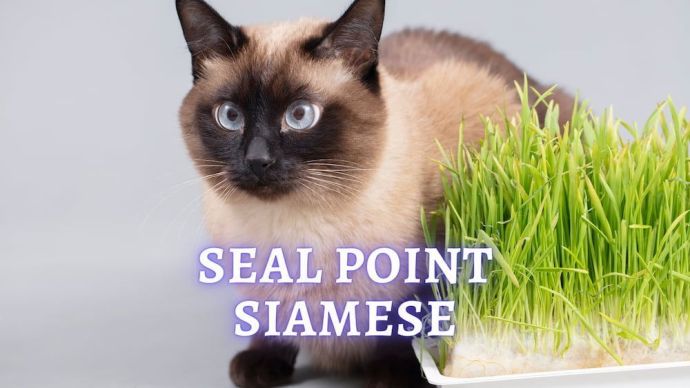Turkish Angora Cat Breed History, Lifespan, Personality and More
Written by:
Author: Scott Jeffrey
Scott is a professional blogger with 12+ years of experience in writing, and holds an MA in anthropology. He has two cats as housemates. Also, Scott is passionate to research on pet-related topics such as dog training, puppy feeding, and cat health.
View all 63 articlesLearn about our editorial process and veterinary review board.
Viewed: 497
Updated on: 05/01/2023
The Turkish Angora cat is a stunning breed, known for its striking blue or green eyes and silky, long white fur. With a rich history dating back to the 15th century, these elegant cats were first bred in Ankara, Turkey, and have since become a special breed worldwide. While their fluffy coats and exotic features are justifiably captivating, their intelligence, playfulness, and affectionate personalities make them remarkable companions. In this article, we will explore the unique characteristics of the Turkish Angora cat and discover what makes them an elegant breed.
History and Origin of the Turkish Angora Cat:
Today, the Turkish Angora cat has regained popularity worldwide, and many breeders work hard to maintain the breed’s original features.
Thanks to their striking appearance and affectionate temperament, Turkish Angoras have found a place in the hearts of cat lovers everywhere. Known for their intelligence, curiosity, and playfulness, Turkish Angoras make lovely companions for families and single individuals.
The Turkish Angora cat has a remarkable history from the 15th century in Ankara, Turkey (formerly known as Angora). These cats were first discovered as a natural breed in Turkey, where they thrived in harsh snowy climates. Their long, silky hair is believed to be an adaptation to the cold weather; they became longhaired cats to survive more easily in a naturally occurring breed.
Over the centuries, Turkish Angoras played an essential role in developing other long-haired cat breeds. This began in the late 15th century when French royalty fell in love with these elegant felines and returned them to Paris. This led to crossbreeding with Persian cats, laying the foundation for the Himalayan and Persian cat breeds’ fluffy coats and prominent features.
The Turkish Angora cat then found its way to the United States in the 20th century, where their popularity soared. Initially, the Cat Fanciers Association (CFA) only recognized white Turkish Angoras in 1968, but by 1978, colored varieties of domestic cats were also registered. The International Cat Fanciers Association officially recognized the breed, reflecting its growing fanbase.
With their rich history, regal appearance, and beloved personalities, it’s no surprise that the Turkish Angora cat continues to captivate cat enthusiasts worldwide.
Physical Characteristics of the Turkish Angora Cat
| Weight | 9 lbs |
| Length | 18 inches |
| Coat | Long with white and lavender or chocolate colors |
| Eyes | Blue, sapphire, or green, or blue eye sometimes copper or amber |
| Lifespan | 10-15 years |
| Coat pattern | Tabby, solid, Himalayan, calico, color point, and bicolor. |
| Hypoallergenic | Yes |
| Personality | Playful, intelligent, social, and mischievous |
The most notable feature is their single coat of long, silky fur, adding to their regal appearance. The coat comes in various lengths, from medium to long, with a fluffy tail, large ears and it is one of the softest and silkiest of all cat breeds.
In addition to their beautiful fur, Turkish Angoras have a slender, muscular body that gives them a graceful appearance. They have a delicate bone structure with long hind legs and a long neck, giving them a distinctively elegant look. Their almond-shaped eyes are also a defining feature. Their eyes are bright and alert and come in different shades of blue, green, amber, gold, or odd-colored eyes, which can be different colors, each eye a different color, or each eye exhibits a combination of colors. These unique eyes are one of the things that make the breed so appealing.
Turkish Angoras come in various coat colors and patterns, with the white coat being the most common color. These beautiful cats also come in many patterns, including solid, bicolor, tricolor, and other tabby patterns.
The Turkish Angora’s striking blue or odd-colored eyes are significant because they add to their uniqueness and beauty. The breed’s distinctively colored eyes are uncommon in most cats and are thought to result from a genetic mutation that occurred naturally in the breed. Their fur, slender body, and striking blue eyes make them captivating and stand out among other cats.
Temperament and Personality
Turkish Angoras are highly social cats and enjoy being around their human family. They are known for being affectionate with their owners, often following them around the house and demanding attention. These cats also love to play and are very active, making them good companions for families with children.
The Turkish Angora breed is an intelligent cat that enjoys mental stimulation. They quickly learn to play games and solve puzzles and enjoy being challenged.
These cats are naturally curious, and they love to explore their surroundings. They often get into mischief, but their playful nature makes their antics entertaining. Turkish Angoras are known for their love of heights and frequently climb high places to survey their domain.
One of the most incredible things about Turkish Angoras is their adaptability to different environments. Whether living in a small apartment or a large house, they can easily adjust to their environment. They also get along well with other pets, including dogs, making them a great addition to any pet-loving household.
Health and Lifespan
The Turkish Angora cat has an average lifespan of 12-16 years, which is in line with other domesticated cat breeds. In general, they are a healthy breed, but like all cats, Turkish Angoras are susceptible to some health issues that potential owners should be aware of.
One of Turkish Angoras’ most common health issues is deafness, which can affect their inner ear development. It is essential to watch for signs of hearing loss or deafness, such as not responding to sounds or meows from other animals.
Hypertrophic cardiomyopathy, an inherited heart disease that causes heart muscle thickening, is also a potential health issue among Turkish Angoras. Regular visits to the vet can help detect and manage heart-related problems and other health concerns.
Ataxia, a neurological disorder that can cause difficulty in movement and coordination, is another potential health issue in the breed. Early detection of ataxia is essential to provide early treatment and care to improve their quality of life.
Regular visits to the veterinarian are recommended to maintain the well-being of Turkish Angoras. This includes annual wellness exams and vaccinations to prevent common feline diseases. Owners should also provide a balanced diet that meets their nutritional needs and encourage regular exercise to maintain a healthy weight.
Regular monitoring of their health and behavior can provide clues to potential health issues, making them easier to detect and manage before they become more serious.
Grooming and Care
The Turkish Angora’s long, silky coat is one of its most striking features, but it also requires regular grooming to keep it healthy and beautiful. Regular grooming will help keep their silky coats mostly tangle-free, reduce shedding, prevent matting, and ensure good health. Proper grooming can also be a bonding experience between the cat and its owner.
Turkish Angoras should be brushed at least once or twice a week, using a comb or slicker brush to remove loose hair and gently detangle any knots or mats. Regular grooming is essential during the shedding season, which occurs twice a year. During the shedding season, their coat requires more frequent brushing and combing to remove dead hair and prevent matting.
Other grooming needs for Turkish Angoras include regular nail trimming, ear cleaning, and dental care. Their nails should be regularly cut to prevent extra growth, which can be painful for the cats while walking. Ear cleaning helps avoid infection and wax buildup in the ear canal. The dental care of Turkish Angoras includes regular tooth brushing and dental checkups by a veterinarian to remove tartar and plaque buildup and prevent dental problems.
When grooming a Turkish Angora, it is essential to be gentle and patient. They are a sensitive breed, and improper grooming can make them anxious and uncomfortable.
READ MORE: How to Restrain a Cat to Clip Nails?
Diet and Nutrition
A balanced diet is critical to a Turkish Angora’s health and well-being. Nutrition is vital in maintaining your cat’s health, providing energy levels, and preventing diseases. Proper nutrient intake in their diet will help prolong their lifespan, and they will have longer fur and fewer health concerns.
When it comes to feeding a Turkish Angora, it is recommended that owners opt for high-quality cat food that contains all the essential nutrients, vitamins, and minerals.
Different types of cat food are available in the market, such as wet, dry, and raw food. Wet food is high in moisture and protein and can help keep your feline hydrated. Dry food is convenient, has a longer shelf life, and it’s cheaper. Dry food is typically higher in carbohydrates and lower in protein content than wet food. Raw food provides benefits like preventing health problems, improving digestion, and a shinier coat, but it is also a potential source of bacterial contamination if mishandled. The Turkish Angora cat breed will vary, and finding a food type that works best with your Turkish Angora may take some experimenting.
Ultimately, food choice depends on individual Turkish Angora’s dietary needs, health status, and personal preferences. Consult a veterinarian before making any significant dietary changes.
Tips for Adopting a Turkish Angora Cat:
Adopting a Turkish Angora from a reputable breeder or rescue organization is essential in finding the right companion for you and your family. Reputable Turkish angora breeders have a breeding program and the expertise to produce healthy cats with desirable traits. At the same time, rescue organizations provide Turkish Angora cats that may have been surrendered.
When choosing a Turkish Angora kitten or adult cat, looking for signs of good health is essential. For Turkish angora kittens only, look for bright eyes, alertness, a clean, shiny coat, and evenly spaced teeth. Also, ask about their vaccination records and if they are flea-free. For adult Turkish angora cats, look for overall good condition and mental alertness. Ask about their past medical history as well as the history of their parents and siblings, if available.
No matter what age you choose to adopt your cat, it is essential to ensure they are correctly socialized during the critical early stages of development.
READ MORE: How to Raise a Kitten: Veterinary Advice
People also ask:
Are Turkish Angora cats friendly?
Yes, Turkish Angora cats are known to be very friendly. They have affectionate personalities, make great companions, and form strong bonds with their owners.
Do Turkish Angoras need a lot of brushing?
Yes, brushing Turkish Angora cats regularly is recommended as they have long and silky fur, which can quickly become tangled and matted. Brushing will also help reduce the amount of shedding from their long coat, and distribute the natural oils in their fur.
Conclusion
The Turkish Angora is a stunning, intelligent, and loyal cat that makes an excellent companion. Choosing your Turkish angora carefully by adopting from a reputable breeder or rescue organization is essential to ensure they are healthy and have the necessary vaccinations. Ensuring they have a balanced diet based on age, weight, and activity levels is also essential for overall health. Additionally, it is important to provide early socialization and training so your pet can learn basic commands and become well-adjusted. Adopting a Turkish Angora will bring lots of joy into your home as their unique beauty and engaging personalities make them great companions for any family.
 Cat Care Why Does My Cat Attack My Legs? 10 Reasons Why and What To Do About It (Vet-Approved Advice)
Cat Care Why Does My Cat Attack My Legs? 10 Reasons Why and What To Do About It (Vet-Approved Advice) - 46013
- 21
 Cat Veterinary Tips Cat Stomach Gurgling: Vet Advice on Why is Your Cat Stomach Gurgling?
Cat Veterinary Tips Cat Stomach Gurgling: Vet Advice on Why is Your Cat Stomach Gurgling? - 36469
- 4
 Cat Veterinary Tips My Cat Lost its Voice: Can Cats get Laryngitis? (Vet Advice)
Cat Veterinary Tips My Cat Lost its Voice: Can Cats get Laryngitis? (Vet Advice) - 23554
- 13












